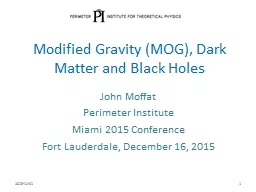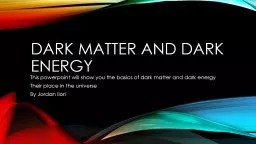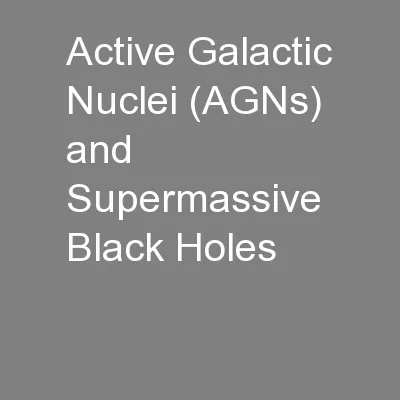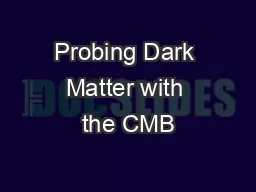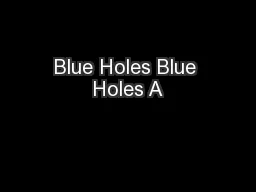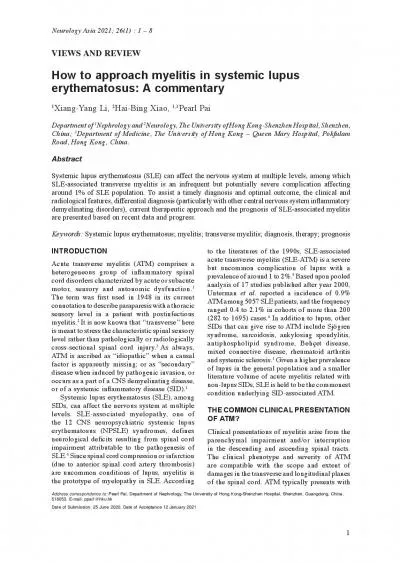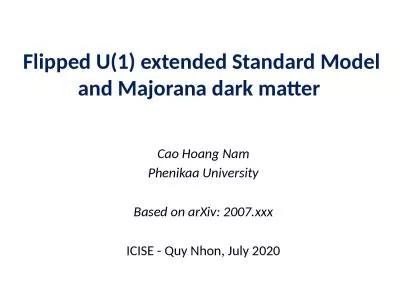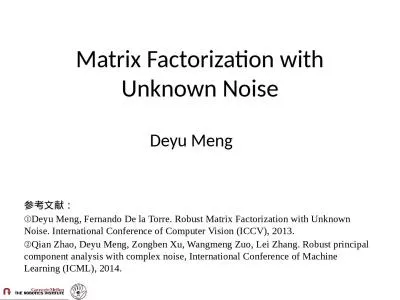PPT-Modified Gravity (MOG), Dark Matter and Black Holes
Author : calandra-battersby | Published Date : 2018-09-20
John Moffat Perimeter Institute Miami 2015 Conference Fort Lauderdale December 16 2015 20151221 1 2 20151221 3 httpsangelcomog 20151221 Introduction Observations
Presentation Embed Code
Download Presentation
Download Presentation The PPT/PDF document "Modified Gravity (MOG), Dark Matter and ..." is the property of its rightful owner. Permission is granted to download and print the materials on this website for personal, non-commercial use only, and to display it on your personal computer provided you do not modify the materials and that you retain all copyright notices contained in the materials. By downloading content from our website, you accept the terms of this agreement.
Modified Gravity (MOG), Dark Matter and Black Holes: Transcript
Download Rules Of Document
"Modified Gravity (MOG), Dark Matter and Black Holes"The content belongs to its owner. You may download and print it for personal use, without modification, and keep all copyright notices. By downloading, you agree to these terms.
Related Documents

